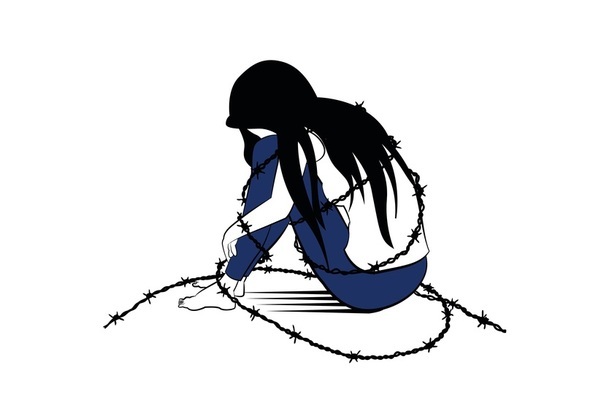Although commonly associated with the loss of a loved one, it is essential to understand that grief is not limited exclusively to physical death ; It is, at its core, a transition, whether voluntary or involuntary, toward profound change. This article is intended to offer a different perspective when we find ourselves experiencing grief, whether due to the death of a loved one, the end of a relationship or another form of less tangible loss; Grief is an experience that none of us can escape forever.
The grieving process involves many intense and difficult emotions that can be as unpredictable as the movement of ocean waves, a phenomenon that is not surprising given that our body, mostly composed of water, reflects constant internal fluidity.
It is precisely this constant inner flow that so adequately shows us the fluctuation of our emotional activity There is no one way to process profound loss, and the idea that one should meet external benchmarks is unrealistic and counterproductive.
What is the path of grief like?
Just as life does not follow a linear path or a specific destination, we find ourselves surprised on numerous occasions by unpredictable events along our path, such as taking on unexpected work or personal roles, living in places we never imagined, and experiencing situations we never thought of. live. Similarly, our grief also does not follow a predefined line. This implies that the path we travel during grief, until we reach integration, is full of ups and downs, with many surprises, whether pleasant or not so pleasant, throughout the journey
It is very common that after a while we feel more relief, fewer difficult and painful emotions and for this reason we think that we have finally reached a point where our grief has ended. However, one day, a song, a certain scent or image, or an important date unexpectedly appears, and suddenly we are faced with memories that make us relive pain, longing, or any difficult emotion.
It is very common for there to be people, places, objects or circumstances that trigger grief, but there are also memories that appear without a clear reason, as if they emerged from nowhere. In those moments, we may ask ourselves, “Why is this still so hard? I thought enough time had passed” or “I thought I was over it.” These moments can be interpreted as setbacks, giving the impression that we are going back on a path that we assumed was unidirectional
On one occasion, Alberto, after a year of separation from his partner and his change of residence, began to feel much better. He got used to his new city and even started a new romantic relationship. He had the full sensation of having integrated his grief by opening a new stage in his “new life,” and that was true. However, one day he unexpectedly called me in distress, explaining to me the emotions that were overwhelming him again. He told me that someone close to him, with whom he had felt the need to vent, told him that perhaps he had not gotten over it as he thought, that he was probably still longing for his ex-wife and that he should definitely move on. page.
This made him feel like a failure, emotionally stagnant and, in short, bad about himself for feeling what he felt. However, the fact of talking about it, of validating his emotions and understanding as normal the fact of remembering a loved one or even experiencing sadness again for his loss, did not invalidate him from building other relationships, which are not substitutes, but different. Embracing his emotions without judging them made the process easier again and little by little made him feel better

So how should I walk that path?
These and other experiences, lived in diverse circumstances but equally immersed in grief, lead me to reflect on how our mind tends to draw maps with familiar paths, passable and similar to those that others, at some point, told us as experiences that we should live. In reality, our process is unique, and our interpretations in circumstances similar to those experienced by others can be completely different
Although it is true that in many grieving processes the classic stages of denial, anger, negotiation, depression and acceptance are observed (a model proposed by Elisabeth Kubler-Ross in 1969), they do not always occur in that order, nor are all stages always experienced.
In conclusion, going through the grieving process is not a linear or uniform path, but rather a unique and personal journey. Therefore, This is my proposal for a good understanding of the grieving process whatever the context in which you are experiencing it :
Finally, tenderly wrapping our own existence is revealed as a hopeful formula in this delicate and at the same time transformative process.










